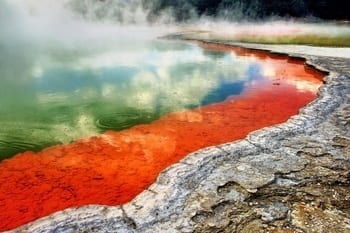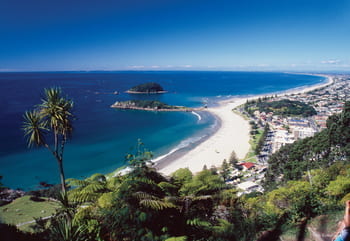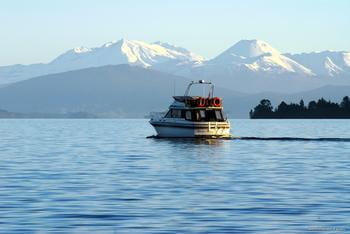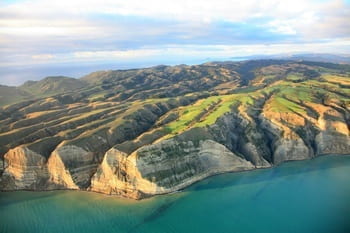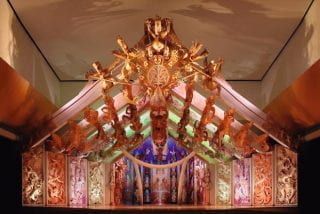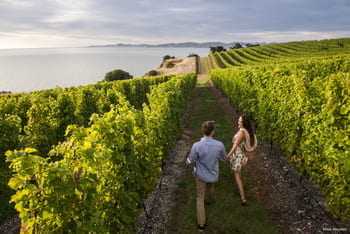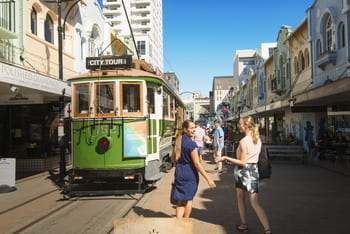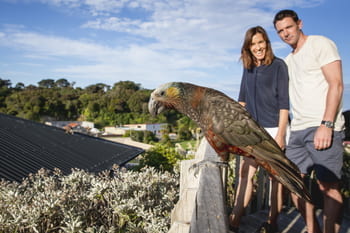Travel information and Sightseeing
This page contains information on travelling to and within New Zealand. Scroll down to see suggestions activities and travel in Auckland and other parts of New Zealand.
Travelling to New Zealand...
Visas and Immigration:
We enjoy welcoming visitors to New Zealand. To ensure you have an experience to remember, make sure you’ve done your homework and have everything sorted before you leave.
When you arrive, your passport must be valid for at least three months beyond your intended departure date, and if required, have a valid New Zealand visa.
Visitors from visa-waiver countries must request an Electronic Travel Authority (ETA) prior to coming to New Zealand. You may also have to pay an International Visitor Conservation and Tourism Levy (IVL). For more information on the ETA and IVL, visit Immigration New Zealand.
Before travelling to New Zealand, you need to make sure your passport is valid for at least three months longer than your expected departure date. If you come from a country that needs a New Zealand visa to enter, please be sure to apply in advance.
Biosecurity: In order to protect New Zealand and its environment, certain items are not allowed to be brought into the country, have restrictions for entry, or must be declared if they are deemed to present a biosecurity risk. These include food, plants, animal products and outdoor recreational equipment. You may risk a fine if you fail to comply. Click here for more information.
Climate: December is the start of summer in NZ. Expect daily high temperatures around 24°C (75°F) in Auckland. Click here for more information.
Currency and costs: New Zealand’s unit of currency is the dollar (NZD$). All major credit cards are accepted in New Zealand, with Visa and Mastercard the most widely used. Many retailers in main centres also allow contactless payments using smart phones. Click here for more information.
Internet and phone coverage: Wifi will be available at the conference and you can also use eduroam at the university. To avoid roaming costs while travelling, you might wish to buy a local SIM card for your phone. Click here for more information.
Time zone: New Zealand is one of the first places in the world to see the new day, 12 hours ahead of GMT (Greenwich Mean Time). In December, because of daylight saving, we’ll be 13 hours ahead of GMT.
Electricity: New Zealand’s electricity supply runs at 230/240 volts and uses angled two or three pin plugs (the same as Australia and parts of Asia). Click here for more information.
Travelling to and from Auckland Airport: The conference is at the University of Auckland, next to Auckland’s downtown area. There are many ways to get there from the airport. Click here for more information.
For more practical information and travel advice, click here.
Explore Auckland
Auckland is New Zealand’s gateway and economic hub and the university venue occupies a prominent position in the heart of the city. With a population of 1.5 million it is easy to get around and its global reputation as the “City of Sails” means you’re never far from a summer’s day at the beach. Enjoy a ferry ride from downtown to one of the many islands in the Hauraki Gulf, offering bushwalking, rural escapes, arts, sun, sand, and even wineries. Head to the fringes of the city to Piha, Karekare, Muriwai and Bethells beaches – some of the best in all of New Zealand. For more information, visit www.newzealand.com.
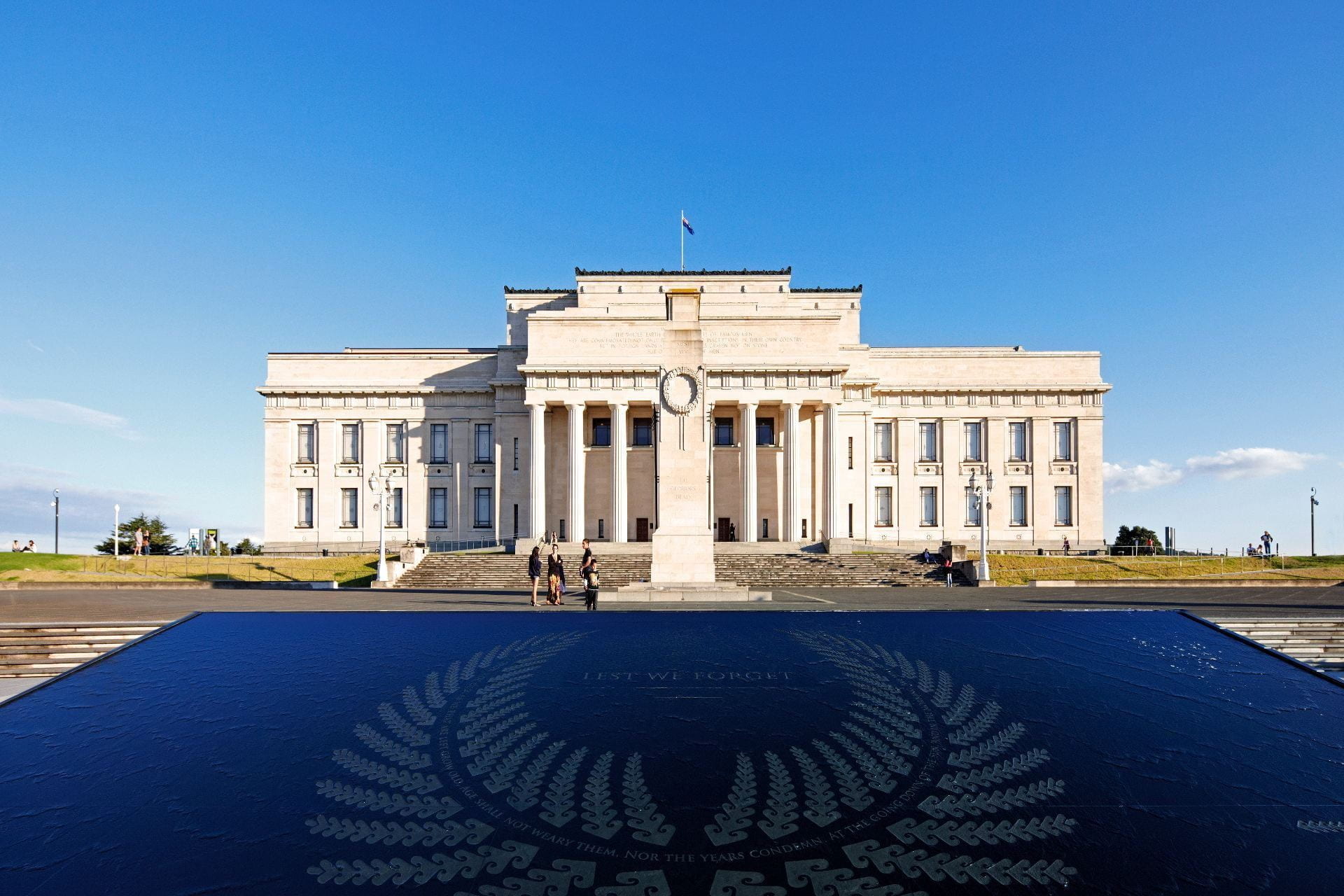
Attractions and Cultural Experience
Auckland Museum – Auckland Museum is the cultural and spiritual touchstone for the many cultures that inhabit this beautiful land, and the first stop for anyone wishing to gain an insight into New Zealand and its people.
Auckland Explorer Bus – The Auckland Explorer Bus is a hop on, hop off sightseeing tour with full commentary, visiting Auckland’s big 14 attractions.
Tours and Nature
Take a ferry ride – Explore the Hauraki Gulf and its history, climb to the summit of Rangitoto Island, explore Waiheke Island.
Ananda Tours – Discover Waiheke Island (Waiheke means “cascading waters” in Māori) and its award winning wines along the wine trail, olive oils, arts & crafts, scenic and eco-tours.
Auckland wine tasting – Auckland has a range of wineries dating from the 1890’s.

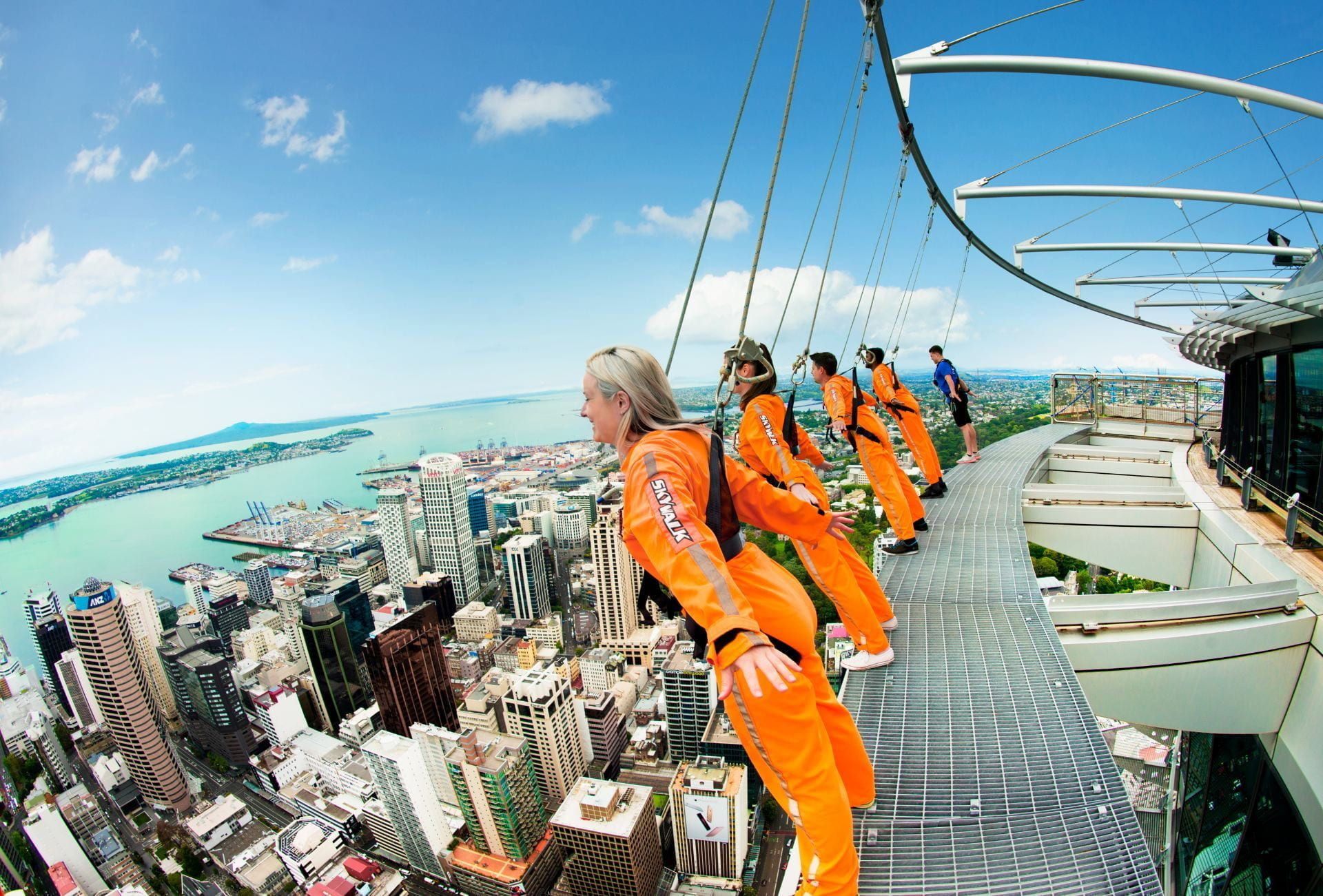
Activities and Adrenaline Rush
Sky Walk – Dare yourself to walk the circumference of the Sky Tower, 192 meters above the ground, with no rails or balcony, just a safety harness on a ledge 1.2 meters wide!
Sky Jump – Throw yourself off the top of the Sky Tower and plunge 192 meters in a controlled fall while wearing a safety harness!
Explore New Zealand
North Island
South Island

We are grateful to our sponsors
Conference Sponsors
The Kalman Trust
Department of Mathematics, University of Auckland
Faculty of Science, University of Auckland
Pacific travel scheme sponsors
Faculty of Science, University of Auckland
Pro-Vice Chancellor Pacific, University of Auckland
Te Pūnaha Matatini


